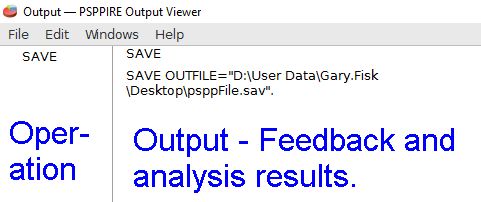

Under this scenario, one-way ANOVA would be sufficient. However, if only one test will be conducted after delivery of all three treatments, there will be only one factor in the study (i.e., order of the treatments). It is unclear how many concept tests are being conducted on each subject according to the provided description. This is because ANOVA is able to handle both within-subject (order) and between-subject (treatment) factors, whereas the latter can handle only one factor. Regarding your study, ANOVA would be a better choice than a non-parametric test (e.g., Kruscal-Wallis test). Under this scenario, we must calculate the power (“1-beta” where beta is Type II error) to ensure that the power is higher than predefined criteria (0.8, in general) based on the current sample size. However, we must take care when the p-value is close to the significant level (alpha, usually 0.05). That is, where the p-value is much less than 0.05 and the delta is big with a current (perhaps limited) sample size. On the other hand, we are less concerned about sample size when the difference is apparent. A NULL hypothesis usually means that the p-value is more than 0.05. Larger sample sizes will give us more confidence when we have to accept the NULL hypothesis, which states that there is no difference among different groups. Sample size is related to the statistical power of a study. Reading some of your answers to others gave me hope because you have a knack of cutting through the clutter. It’s good that the prof pushes us to consider more than we were, but once he got irritated when I asked I started looking online and just kept getting confused with internet research. This was meant to be a qualitative study, but it was suddenly thrown at us to think about if the order they listened to the ad might account for the variance between them. We would need to run this for each prompt, I think. In our study that would be a good thing because it would be stronger if the likest-scale scores did not arise from the order in which they listened to them. 8 or higher in order to reject the null hypothesis, right? That would then mean we fail to reject the null hypothesis that order of ad delivery affected the evaluation scores. That suggest the effect size is quite minimal and only accounts for. 8 - if I understand, we need to determine Eta-squared for each prompt to to estimate the likelihood of the order accounting for the variance between the three treatments (order they listened to the ads, ABC, BCA, CAB).Īfter running ANOVA for Likest-Scale responses (1-5) for our first prompt (“This ad was easy to understand”) against the treatment (order of ad delivery) we have the Sum Sqaure Between Groups =.

We just wanted to be able to determine, if possible, whether or not the order of the ads influenced responses).įollowing what you said about power, “1-beta”, and.

(Following that wa a qualitative interview, which is the heart of the project.

Last, they will listen and evaluate the third ad. Then they listen to a second ad and evaluate (those who listen to A first will now listen to B those who listened to B first will now listen to C those who listened to C first will now listen to A). For example the first prompt asks if the ad was easy to understand and they rank from 1-5. They listen to one ad as assigned (10 listen to ad A first, 10 listen to ad B first, and 10 listen to ad C first) and then fill out a likest-scale evaluation of it. In the study we are working on, participants are listening to a total of three advertisements. I think understand and am mentally pulling together some stats concepts I hadn’t considered before you responded.


 0 kommentar(er)
0 kommentar(er)
